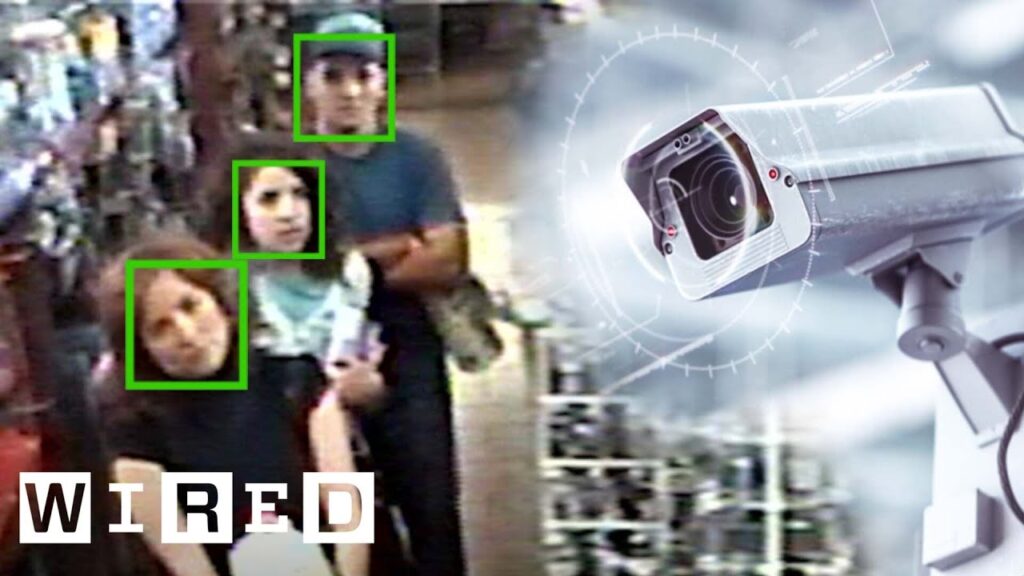Investigating Bloodstain Patterns: Techniques and Analysis
Summary
In this article, we will explore the techniques used by forensic experts to investigate bloodstain patterns. We will delve into the different categories of analysis, such as identifying serum separation in bloodstains, analyzing spatter patterns, interpreting relationships between bloodstains, and understanding the importance of experience, training and time in creating and interpreting bloodstain patterns.
Table of Contents
- Identifying Serum Separation in Bloodstains
- Analyzing Spatter Patterns
- Interpreting Relationships Between Bloodstains
- Understanding the Importance of Experience, Training, and Time
Introduction
When it comes to any crime scene investigation, safety is of utmost importance for investigators. They must protect themselves against contamination and take all the necessary measures to prevent tampering with evidence. In this article, we will specifically explore how forensic experts investigate bloodstain patterns.
Q&A
Identifying Serum Separation in Bloodstains
Q: What is serum separation in blood stains?
A: Serum separation is the process in which blood starts clotting, and the fluid part separates from the solid parts. It is essential to identify serum separation in blood stains, as it can help investigators determine the age of the stain, and whether it has been tampered with or not.
Q: Why is serum separation important in bloodstain pattern analysis?
A: It is crucial to identify serum separation in blood stains as it can help identify the age of the stain, and can also indicate if the stain has been tampered with. The presence of serum separation can also help investigators link different stains to the same event, providing crucial evidence in solving crimes.
Analyzing Spatter Patterns
Q: What are some different spatter patterns that forensic experts analyze?
A: Forensic experts analyze several spatter patterns, such as impact spatter and back spatter, circulatory and elliptical stains, calculating the area of convergence and origin, and measuring the angle of impact.
Q: How can calculating the area of convergence and origin help investigators solve crimes?
A: Calculating the area of convergence and origin can help investigators determine where the blood originated from and where the event occurred. This information can provide critical insight into how the crime was committed and suspects involved.
Interpreting Relationships Between Bloodstains
Q: What are some common relationship patterns observed between blood stains?
A: Some common relationship patterns observed between blood stains include passive drip patterns, white and swipe patterns, cast-off and void patterns. In some cases, missing evidence or objects can indicate their removal from the crime scene.
Q: Can you provide an example of how interpreting relationships between blood stains can reveal crucial information?
A: During a previous investigation, we observed a spatter pattern that didn’t align to the left of us. This led to the discovery that the curtains in a hotel room were open during the crime but closed later. This provided critical information on the sequence of events and suspects involved.
Understanding the Importance of Experience, Training, and Time
Q: Why is experience, training, and time essential in bloodstain pattern analysis?
A: Bloodstain pattern analysis is a complex process that requires time, training, and experience to interpret patterns correctly. There are no absolutes or one specific answer, but a thorough understanding of different patterns and how they are created is crucial in creating reliable evidence to solve crimes.
Q: How can inadequate experience or training affect bloodstain pattern analysis?
A: Inadequate experience or training can lead to incorrect interpretations of bloodstain patterns, resulting in inaccurate evidence and ultimately wrong judgments.
Conclusion
Investigating bloodstain patterns can provide critical evidence in solving crimes. However, it requires specific processes and techniques, as well as experience and training to interpret correctly. By understanding the different categories of blood stain pattern analysis, including serum separation identification, analyzing spatter patterns, interpreting relationships between blood stains, and the importance of experience, training, and time, forensic experts can provide reliable and accurate evidence to aid in justice.






